As the 2018 tax season quickly approaches us – now is a great time to start gathering documentation and making an appointment to meet with your CPA. Once the tax year has ended, it is typically too late to apply any strategy to reduce your 2018 business tax.
Therefore, as a business owner, shifting your focus to assess whether you will owe taxes or receive a refund is essential. It allows you to plan accordingly for these business tax law changes.
With the Tax Cuts and Jobs Act (TCJA), we have seen some of the most significant changes in decades. Majority of businesses and their owners will be impacted. So, knowing what to expect and understanding how these changes will affect your business can help you strategize for 2019.
- Taxation of pass-through entities
These changes generally affect owners of S corporations, partnerships and limited liability companies (LLCs) treated as partnerships, as well as sole proprietors:
- Drops of individual income tax rates ranging from 0 to 4 percentage points (depending on the bracket) to 10%, 12%, 22%, 24%, 32%, 35% and 37%
- A new 20% qualified business income deduction for eligible owners (the Section 199A deduction)
- Changes to many other tax breaks for individuals that will impact owners’ overall tax liability
- Taxation of corporations
These changes generally affect C corporations, personal service corporations (PSCs) and LLCs treated as C corporations:
- Replacement of graduated corporate rates ranging from 15% to 35% with a flat corporate rate of 21%
- Replacement of the flat PSC rate of 35% with a flat rate of 21%
- Repeal of the 20% corporate alternative minimum tax (AMT)
- Tax break positives
These changes generally apply to both pass-through entities and corporations:
- Doubling of bonus depreciation to 100% and expansion of qualified assets to include used assets
- Doubling of Section 179 expensing limit to $1 million and an increase of the expensing phaseout threshold to $2.5 million
- A new tax credit for employer-paid family and medical leave
- Tax break negatives
These changes generally also apply to both pass-through entities and corporations:
- A new disallowance of deductions for net interest expense more than 30% of the business’s adjusted taxable income (exceptions apply)
- New limits on net operating loss (NOL) deductions
- Elimination of the Section 199 deduction (not to be confused with the new Sec.199A deduction), which was for qualified domestic production activities and commonly referred to as the “manufacturers’ deduction.”
- A new rule limiting like-kind exchanges to real property that is not held primarily for sale (generally no more like-kind exchanges for personal property)
- Further limitations on deductions for certain employee fringe benefits, such as entertainment and, in certain circumstances, meals and transportation
How to prepare for 2018 tax filing
Please note that there are additional rules that will apply to the rates and breaks covered. Not to mention, these are only a few of the most significant and widely applicable TCJA changes. Many other factors will affect your business as well. Contact us to learn tax strategy and how to be better prepared for your tax return filing — and start planning for 2019, too.
If you have any further tax questions, don’t hesitate to contact us here at CAPATA today!




